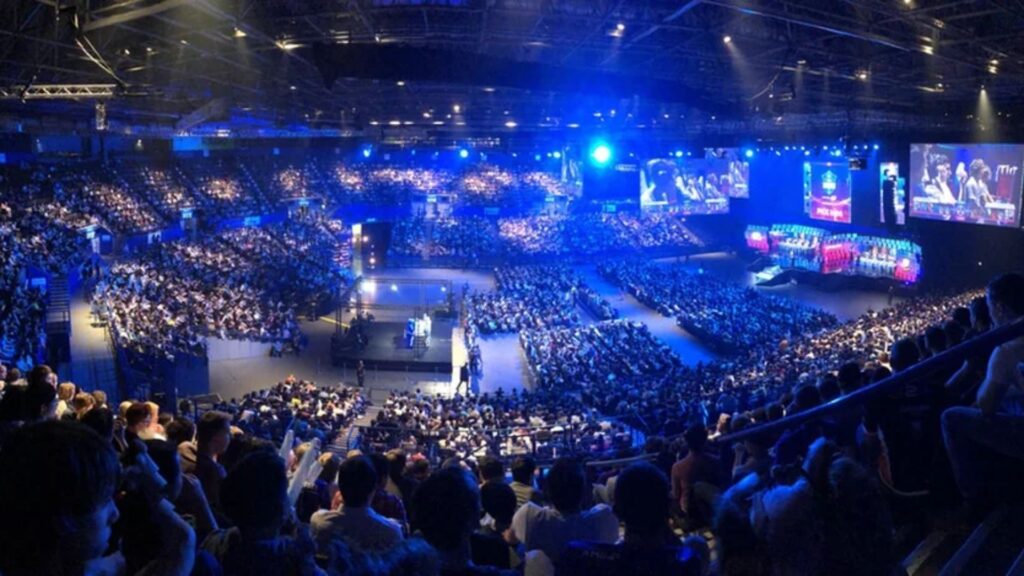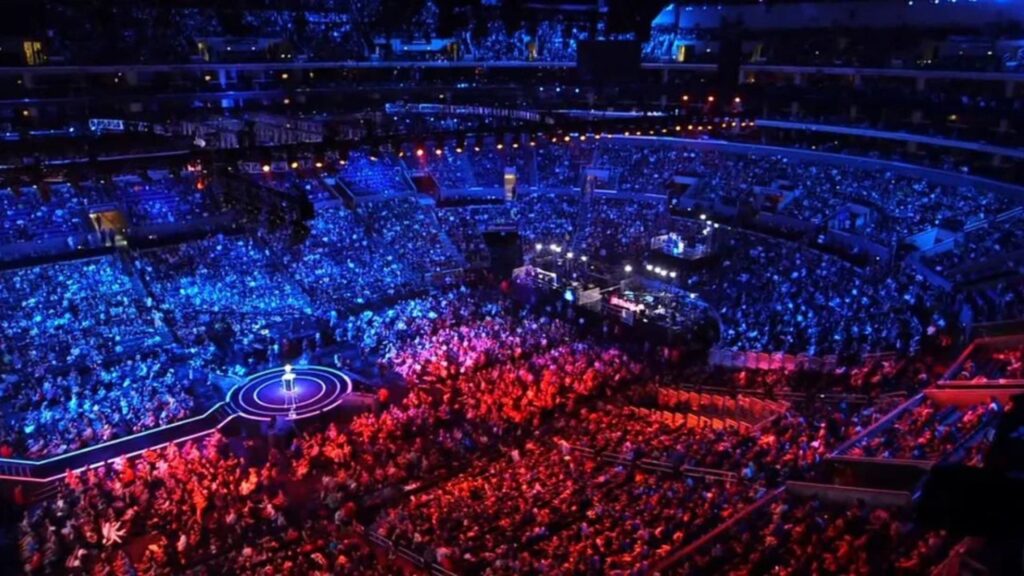In the ever-evolving landscape of gaming, the distinction between mere pastime play and a full-fledged esport remains a topic of intense debate, even as the gaming scene thrives in 2024. Despite esports’ soaring popularity and cultural impact, pinning down a precise definition can prove challenging.
Esports, a fusion of “electronic” and “sports,” is commonly referred to as competitive gaming. However, not all competitive gaming endeavors qualify as esports, even in the eyes of any given game’s most devoted fans. Unlike traditional sports, where even casual matches among amateurs are recognized as sporting activities, esports typically entails arranging organized video game competitions tailored for spectators.
Not all competitive engagements earn the prestigious title. For instance, even online ranked matches among everyday gamers, although competitive in nature, often fall short of the rigorous standards set for esports.
The essence of esports, as most commonly defined, revolves around structured competitions designed for spectatorship via streaming or a live audience. These events, ranging from online tournaments to in-person extravaganzas, draw crowds of online viewers and in-person attendees alike.
The coveted label of an ‘esports title’ is reserved solely for games boasting a thriving ecosystem characterized by regular tournaments, leagues, and competitions that attract substantial crowds. This distinction underscores the importance of a sustained, established community or audience, without which a game may not be considered an ‘esports title.’
For instance, Minecraft, despite allowing player-vs-player (PvP) combat, falls short of being recognized as an esports title due to its minor competitive scene. Conversely, games like League of Legends reign supreme in the esports world, boasting a robust ecosystem of tournaments and leagues on both national and global scales, drawing millions of spectators to tier-one competitions.
The focus on competitive gameplay modes often plays a pivotal role. Games like Counter-Strike, Dota2, and VALORANT, renowned for their competitive player-vs-player modes, serve as pillars of the esports community, hosting numerous popular tournaments and leagues. However, some games have cultivated modest esports followings despite lacking competitive PvP modes at their core.
Despite all this, the question of what qualifies as an ‘esports title’ remains subjective, subject to the ever-evolving whims of popular opinion, future PVP-oriented titles, and even player creativity. As the esports industry burgeons, so too does its cultural impact, as it embraces diverse and unconventional forms of competition. Activities like speedrunning, epitomized by World of Warcraft‘s “Race to World First,” are gradually gaining recognition as esports, transcending traditional notions of competitive gaming.
Furthermore, niche games previously overlooked in the esports sphere, such as Farming Simulator and GeoGuessr, are forging dedicated esports communities and challenging preconceived notions of competition. Even age-old games like chess are experiencing a resurgence in the esports arena as they adapt to the digital age.
While competitive PVP video games with significant esports infrastructure form the backbone of what is considered an ‘esports title,’ the boundaries continue to evolve. The determination of when a video game should ascend to the realm of esports ultimately lies with the fanbases, the talents of developers, and the broader esports community.




